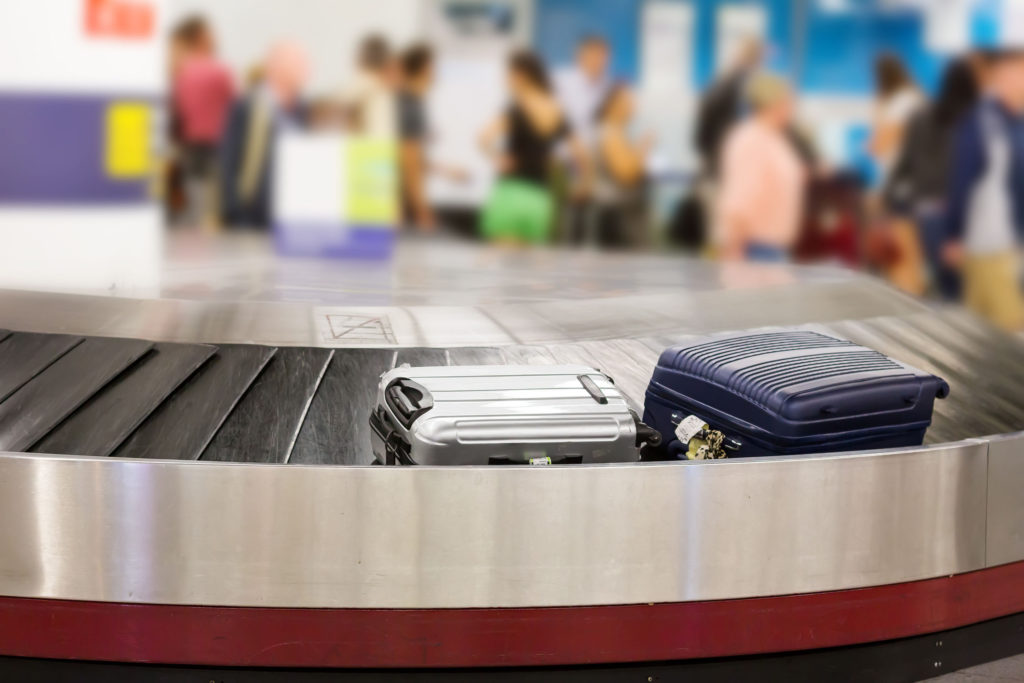Automation specialist Prime Vision and sensor manufacturer SICK have developed and installed a new optical character recognition (OCR) and video coding solution (VCS) to help reduce the number of unidentifiable luggage tags at a major international airport.
According to Prime Vision, the latest laser-based barcode scanning technologies max-out read-rates at 90-94%. As a result, 6-10% of baggage is routed to the reject chute or manual handling station, requiring additional staff resources to man the handling stations.
The new OCR-VCS solution reduces the number of unidentifiable luggage items to 1-2% by integrating a 360° tag identification system. Primary identification is carried out by the SICK Airport Luggage Identification System (ALIS) using camera technology.
The bag source message (BSM), which includes the date, flight number, destination, registration number and a unique barcode (IATA license plate), is read by the ALIS system.
Baggage routing is determined by the bagging-handling system (BHS) and in the case of a no-read or no-BSM, the baggage tag is processed by OCR or remote video coding. Only obscured or unreadable baggage tags are routed to manual handling.
The ability to launch a web-based VCS from a remote location also reduces the number of employees required to man manual encoding stations. Web-based VCS delivers scalability and flexibility as VCS can be deployed to match volume demands, resulting in reduced costs.

